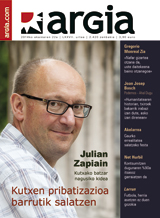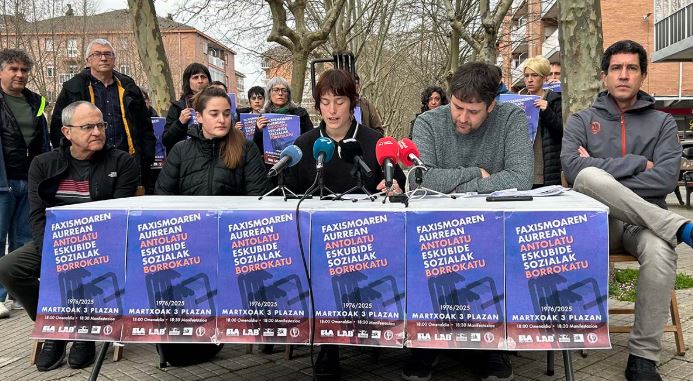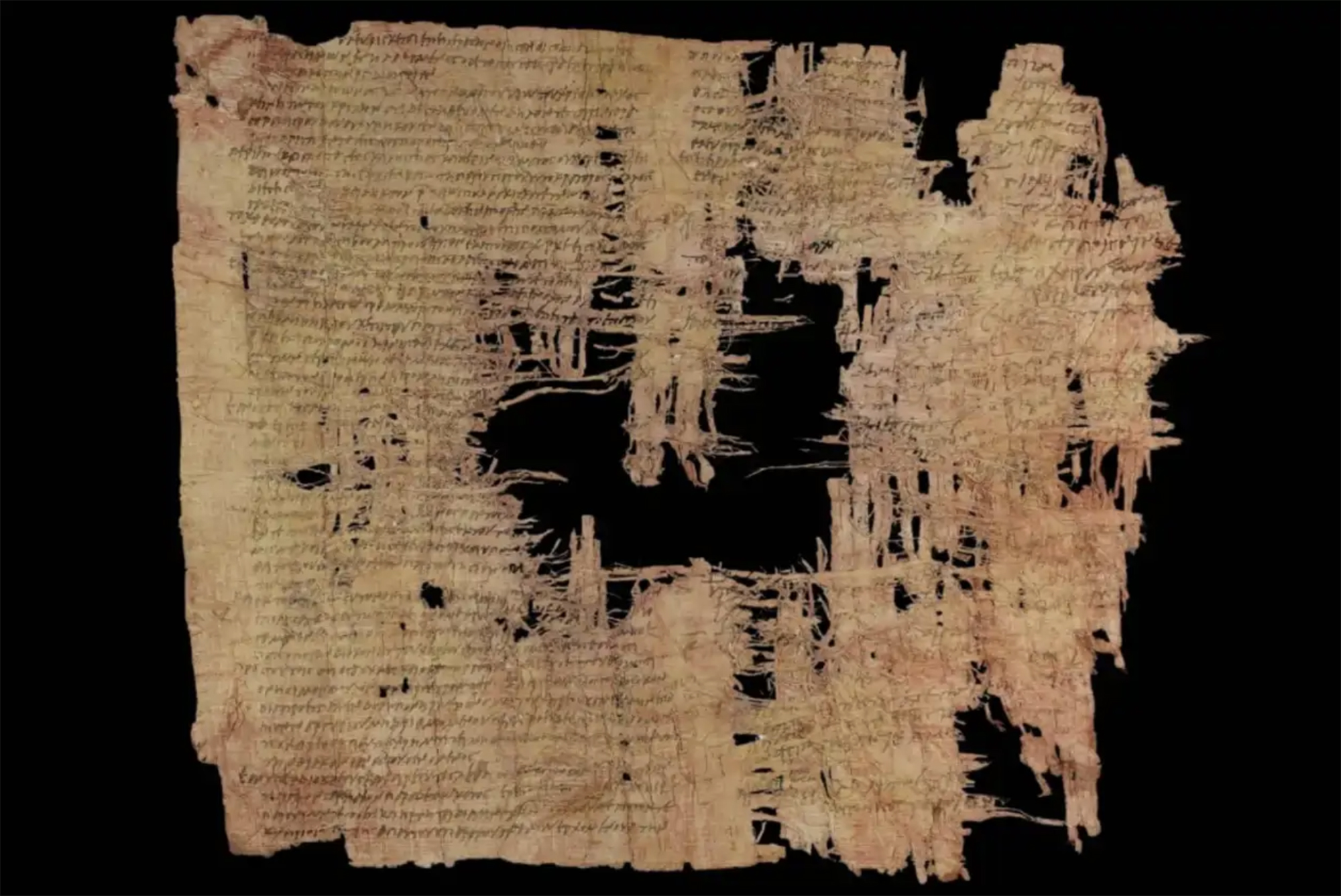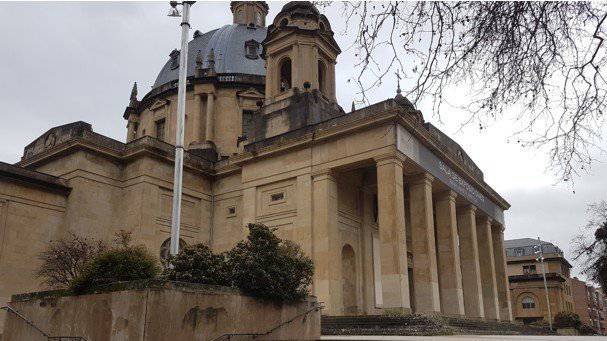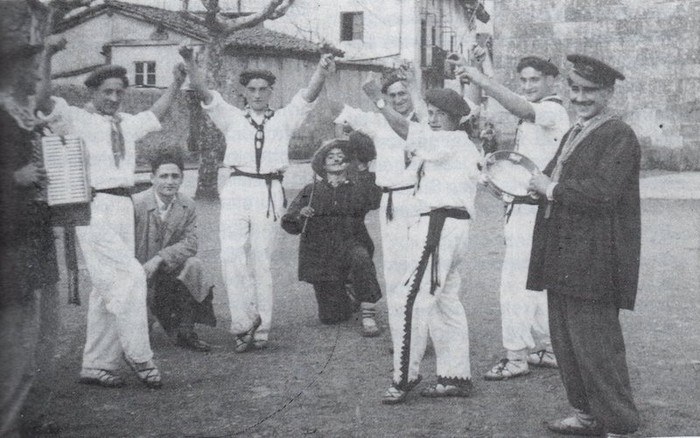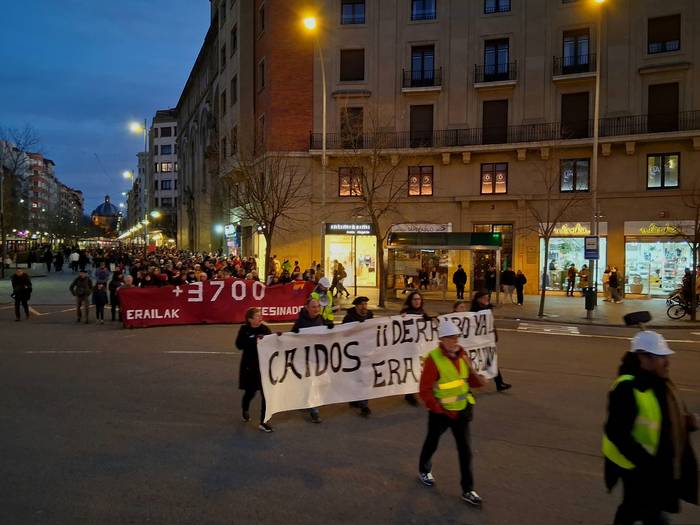Antzinaroko hooliganak
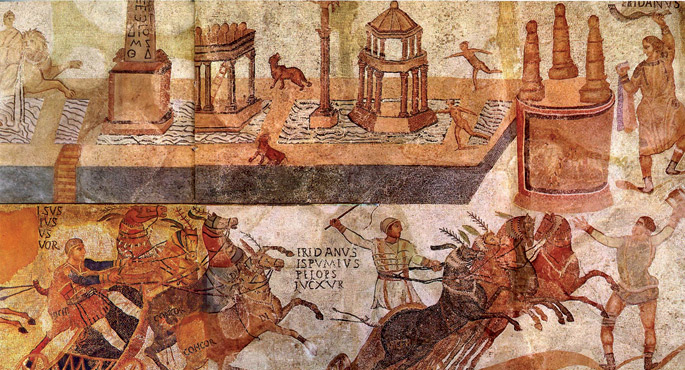
Erroma, K.o. I. mendea. Neron enperadoreak, Zirku Maximoko zaldi lasterketen zale amorratua izanik, kirola diruz laguntzea eta arautzea erabaki zuen. Gladiadoreen arteko borrokak erromatarren pasioa zirela esan digute literaturak eta zinemak. Baina zaleen arteko grina primitiboenak eta lehia muturrekoenak Zirku Maximoko hondarretan askatzen omen ziren, ez Koliseoan.
Inperioaren garaian lau talde nagusi lehiatu ohi ziren koadriga lasterketetan: gorriek Marte gerraren jainkoaren omenez zeramaten kolore hura; zuriak haizearen jainko-jainkosen taldea ziren; berdeek Ama Lurarren kolorea defendatzen zuten; eta urdinek zerua eta itsasoa sinbolizatzen zituzten. Neronek diru-laguntzak eman zizkien lau taldeei, lasterketa berean talde bakoitzeko hiru gurdi lehiatzeko baimena eman zuen, eta orgazainei denboraldi betean beste talde batean “fitxatzeko” aukera zabaldu zien. Handik urte gutxira Domizianok beste bi talde sortu zituen, moreak eta urre kolorekoak, baina ez zuten zale kopuru handirik lortu eta desagertu egin ziren.
Erromatar zirkuaren lehia gogorra muturrera eraman zuten Bizantzioko hipodromoan. Erromako lau kluben artean nagusiki urdinak eta berdeak nabarmendu ziren Bizantzion. Eta zaletasunak kirolaren muga gainditu zuen; taldea aukeratzeak konnotazio militar, sozial, politiko eta erlijiosoak zituen. Esaterako, berdeek merkatariak eta errentariak ordezkatzen zituzten eta monofisismoaren jarraitzaileak ziren, hau da, Jesus funtsean jainkozko izakia zela uste zuten, giza ezaugarririk gabea. Urdinak, aldiz, lurjabeak eta aristokratak izan ohi ziren. Eta ortodoxoak. Justiniano enperadorea urdinzalea zen.
Lasterketarik ez zenean ere, batzuk zein besteak taldetan bildu ohi ziren arerioen zaleei erasotzeko. Kaleko borroka haien ondorioz zaurituak eta hildakoak ohikoak ziren.
Justinianoren erregealdi luzeko krisirik larrienetakoak lasterketa zaleak izan zituen protagonista. 532. urtean tenka areagotu egin zen enperadoreak zergak igotzea erabaki zuenean, Bizantzioren eta Pertsiaren arteko negoziazioek eraginda. Aurkakotasun erlijiosoa ere pil-pilean zegoen. Eta, azkenean, bolbora hipodromoan piztu zen. 532ko nahasmenduei Nikaren Istiluak esan zieten, matxinoek nika (garaipena) oihukatzen baitzuten, hipodromoan egon ohi zuten legez. Errebolta hiri osoan zabaldu zen, hainbat jauregi eta Santa Sofia bera kaltetzeraino. Gainera, Justinianok ez zuen bere taldeko zaleen (urdinen) babesa jaso; behingoz, berdeek eta urdinek bat egin zuten enperadorearen aurka. Eta Hipatio izendatu zutenbehin-behineko enperadore. Teodora enperatrizak eta Belisario jeneralak altxamendua itzaltzea lortu zuten. Horretarako, kaleak zale urdinen eta berdeen odol gorriz tindatu zituzten.
In the Maszycka cave in Poland, remains of 18,000 years ago were found at the end of the 19th century. But recently, human bones have been studied using new technologies and found clear signs of cannibalism.
This is not the first time that a study has reached this conclusion,... [+]
Porzheim, Germany, February 23, 1945. About eight o’clock in the evening, Allied planes began bombing the city with incendiary bombs. The attack caused a terrible massacre in a short time. But what happened in Pforzheim was overshadowed by the Allied bombing of Dresden a few... [+]
Poloniar ikerlari talde batek Sevillako Italica aztarnategiko Txorien Etxea aztertu du, eta eraikinaren zoruko mosaikoak erromatar garaiko hegazti-bilduma xeheena dela ondorioztatu du.
Txorien etxean 33 hegazti daude mosaikoetan xehetasun handiz irudikatuta. Beste... [+]
Judea, 2nd century AD. In the turbulent atmosphere of the Roman province, a trial was held against Gaddaliah and Saul, accused of fraud and tax evasion. The trial was reported on a 133-line paper in Greek (pictured). Thinking that it was a Nabataean document, the papyrus was... [+]
Vietnam, February 7, 1965. The U.S. Air Force first used napalma against the civilian population. It was not the first time that gelatinous gasoline was used. It began to be launched with bombs during World War II and, in Vietnam itself, it was used during the Indochina War in... [+]
Archaeologists have discovered more than 600 engraved stones at the Vasagård site in Denmark. According to the results of the data, dating back to 4,900 years ago, it is also known that a violent eruption of a volcano occurred in Alaska at that time. The effects of this... [+]









